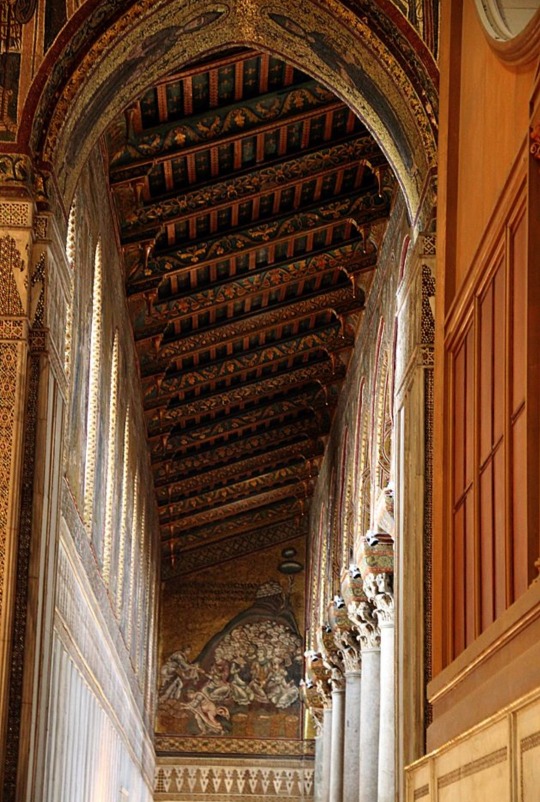#monreale cathedral
Text

"Let the resurrection joy lift us from loneliness and weakness and despair to strength and beauty and happiness."
— Floyd W. Tomkins
Photo: Monreale Cathedral, Sicily, Italy
#italy#sicily#sicilia#italia#monreale#monreale cathedral#european cathedrals#mosaic art#mosaics#norman cathedral#palermo#italian cathedrals#jesus#religious art#jesus christ#christianity#christian art#christian living#europe#european travel#good friday#easter#holy week#passover#hope#inspiration#resurrection#spring#god's love#see the world
7 notes
·
View notes
Text
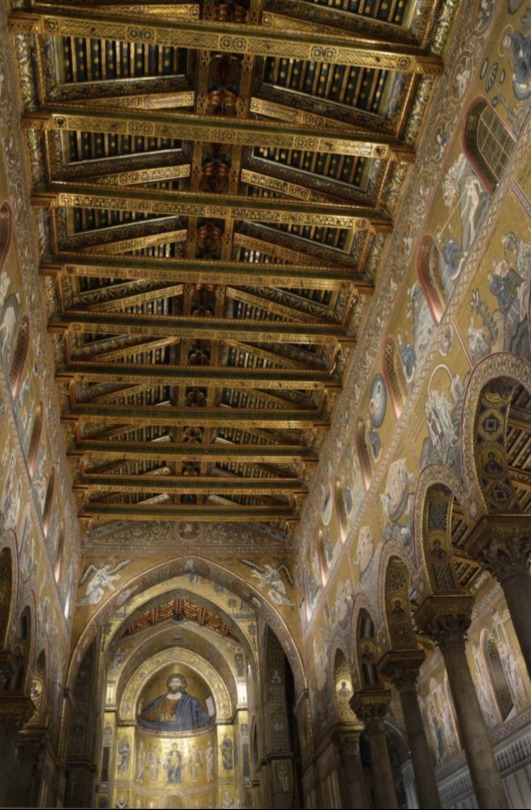
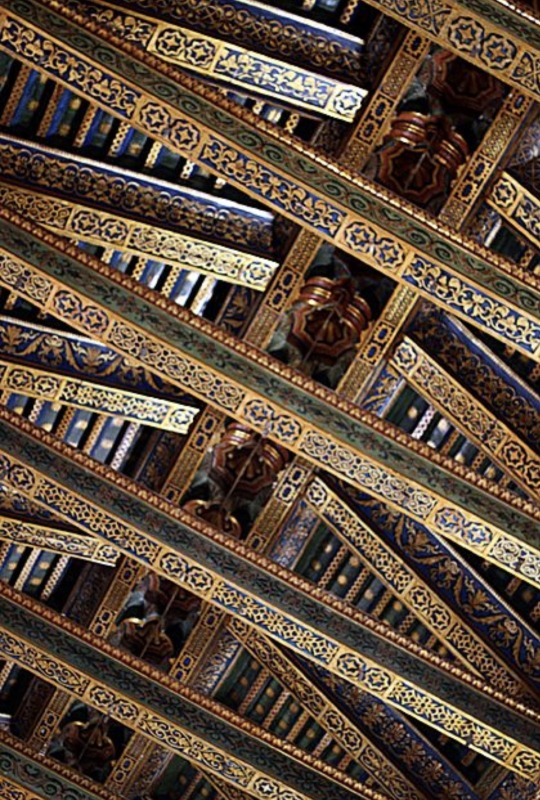
27 notes
·
View notes
Text
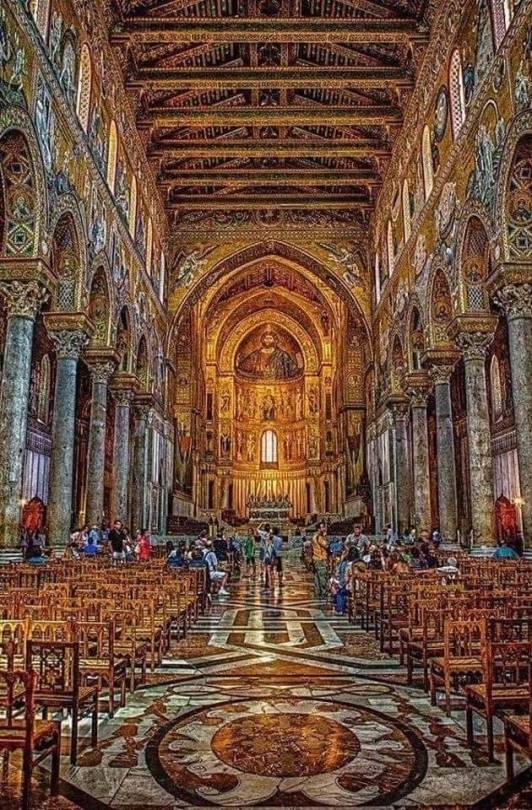
Monreale Cathedral in Palermo, Sicily, ITALY
130 notes
·
View notes
Text



Cloister of the Cathedral of Monreale, Sicily.
Check out my wanderings of Monreale:
#italy#architecture#travel#explore#wanderlust#romanesque#wandering#urbanexploration#church#cloister#cloisters#my pics#original photography#photographers on tumblr#historical architecture#church architecture#monreale#cathedral#duomo di monreale#duomo#photography#wanderingjana
18 notes
·
View notes
Text
Arab-Norman Palermo & the Cathedral Churches of Cefalu & Monreale

Join me on a virtual journey through the UNESCO World Heritage site of Arab-Norman Palermo and the Cathedral Churches of Cefalù and Monreale in Sicily, Italy. Let's delve into a landscape where Islamic, Norman, and Byzantine influences converge to create a tapestry of architectural marvels. From the bustling streets of Palermo to the serene settings of Cefalù and Monreale, Sicily's Arab-Norman heritage invites you to explore a rich fusion of cultures.
In 2015, the Arab-Norman Palermo and the Cathedral Churches of Cefalù and Monreale were collectively inscribed as a UNESCO World Heritage site. This recognition celebrates the unique synthesis of cultures and architectural styles that flourished during this remarkable period in Sicilian history.
Wander through the streets of Palermo, a city where Arab, Norman, and Byzantine influences intertwine. Explore the vibrant markets, like the Ballarò and Vucciria, where echoes of diverse cultural heritages resonate through the bustling alleys.
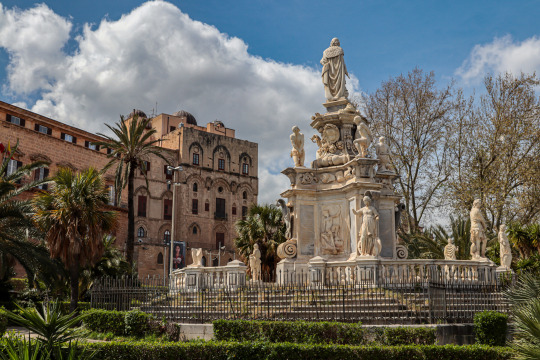
Discover the Arab-Norman architectural wonders of Palermo, exemplified by the Palatine Chapel within the Palazzo dei Normanni. Admire the intricate mosaics, horseshoe arches, and ornate ceilings that showcase the synthesis of Islamic and Norman artistic styles.
Embark on a journey to Cefalù and marvel at its cathedral, a testament to Norman grandeur. The Cathedral of Cefalù stands proudly against the backdrop of the Tyrrhenian Sea, its facades adorned with Byzantine-influenced mosaics depicting scenes from the Old and New Testaments.
Ascend to the heights of Monreale to witness the grandeur of its cathedral. The Cathedral of Monreale, with its golden mosaics and awe-inspiring interior, seamlessly blends Norman, Arab, and Byzantine elements. The cloister, adorned with intricate columns and arches, serves as a serene retreat within this architectural masterpiece.

Admire the intricate mosaics that adorn the cathedrals of Cefalù and Monreale. These masterpieces, characterized by their vibrant colors and meticulous craftsmanship, narrate stories of religious significance, historical events, and cultural exchanges.
Explore how the Arab-Norman legacy continues to shape Sicily's cultural landscape today. Festivals, events, and ongoing preservation efforts ensure that these architectural treasures remain not just relics of the past but vibrant contributors to the region's dynamic identity.
In conclusion, Arab-Norman Palermo and the Cathedral Churches of Cefalù and Monreale invite us to witness the fusion of civilizations that occurred in the heart of Sicily. When you're ready for a digital immersion into the cultural crossroads of the Mediterranean, these sites promise to captivate and transport you to a time of harmonious diversity. 🕌🏰✨🇮🇹
#palermo#monreale#cathedrals#cefalu#italy#sicily#unesco#world heritage#travel#arabnorman#culture#architecture#byzantine
9 notes
·
View notes
Text
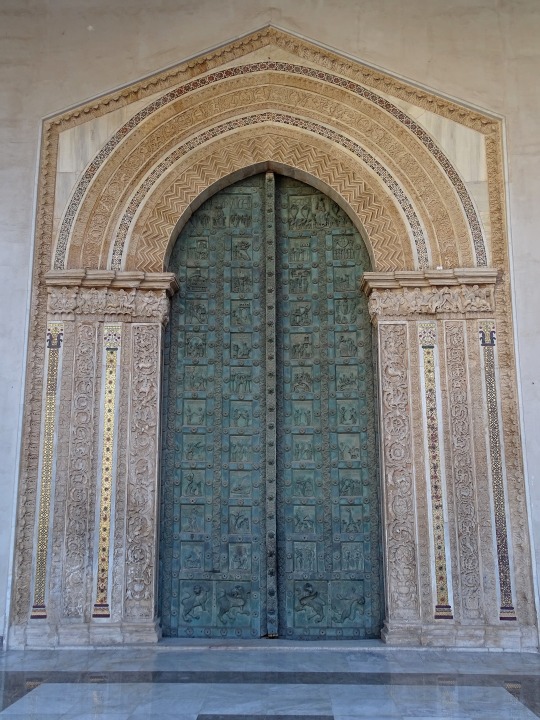
The original carved stone doorway of the gorgeous Cathedral of Monreale, Sicily.
#cathedral#monreale#sicily#sicilia#italy#italia#architecture#church architecture#original photography#photography#travel#photographers on tumblr#lensblr#door#art#medieval#wanderingjana
6 notes
·
View notes
Text

The cathedral of Monreal is almost too beautiful to be real
31 notes
·
View notes
Photo

Church interior of the cathedral in Monreale, Sicily
Signed and dated: Josef Theodor Hansen, 1906
#Josef Theodor Hansen#art#20th century art#interior#church interior#cathedral#cathedral interior#Italy#Architecture#danish painter#painting#oil painting
100 notes
·
View notes
Photo


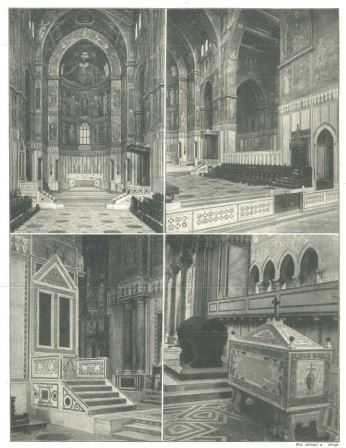

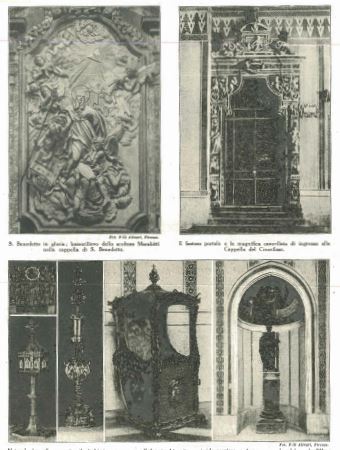




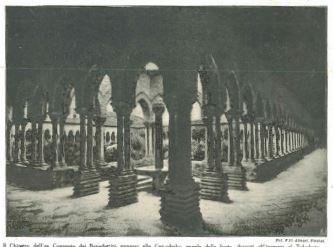
IL DUOMO DI MONREALE IN UNA PUBLICAZIONE DI INIZIO SECOLO
In questo giornale di inizio 1900, la cattedrale di Monreale è rappresentata con i mezzi di allora e quindi le sue tessere d’oro e la sua luminosità solare si è persa nel grigiore oscuro dell’inchiostro. Questa differenza tra la bellezza reale, dorata e luminosa, e quella rappresentata, buia e triste, mi ricorda la differenza tra la vita come dovrebbe essere e quella attuale. Tra la vita nella pace e quella delle guerre quando non è più il motivo per scrivere credendo nell’uomo. Troppe guerre, troppi morti, troppi orfani mutilati e madri senza più figli. Siamo tutte pedine mosse dal potere del male, illusi con motivazioni ridicole ad accettare, a donare sangue e speranze insieme ai nostri domani. È come se ogni cosa perdesse colore, come se i cieli si oscurassero e le primavere si vestissero a lutto e tutto, tutto quanto diventasse il grigiore che precede il buio. In questa nevicata oscura, scrivere d’amore e dei fiori della gioia, pare un insulto, come schiuma del mare colorata di sangue. Il dolore non ha un passaporto, l’ingiustizia non ama nessuno e a tutti ruba tutto: alle vittime la vita, ai carnefici la loro umanità. I versi perciò sanno di fango, le parole non sono più tessere d’oro nella magnificenza di un mosaico, ma solo la fuliggine di un fuoco infernale, l’arsura degli assetati, l’impotenza amara dei padri, le lacrime acide delle madri. Le parole diventano bossoli vuoti, avanzi di vita, orme nella sabbia o nella neve di chi non c’è più. La luce abbandona ogni cuore e spegne le chiese, le anime, prosciuga la gola e spinge i poeti e i sognatori a nascondersi nel profondo della terra per pagare anche loro il loro prezzo alla follia della storia.
In this OLD newspaper from the early 1900s, the Monreale cathedral is represented with the means of the time and therefore its gold tiles and its solar brightness have been lost in the dark grayness of the ink. This difference between the real beauty, golden and bright, and the represented one, dark and sad, reminds me of the difference between life as it should be and what it is now. Between life in peace and that of wars when it is no longer the reason to write believing in man. Too many wars, too many deaths, too many mutilated orphans and mothers with no more children. We are all pawns moved by the power of evil, deluded with ridiculous motivations to accept, to give blood and hopes together at our tomorrows. It's as if everything lost color, as if the skies darkened and the springs dressed in mourning and everything, everything became the grayness that precedes the darkness. In this dark snowfall, writing about love and the flowers of joy seems like an insult, like sea foam colored with blood. Pain does not have a passport, injustice loves no one and steals everything from everyone: the victims' life, the executioners' humanity. The verses therefore taste like mud, the words are no longer golden tiles in the magnificence of a mosaic, but only the soot of an infernal fire, the thirst of the thirsty, the bitter impotence of fathers, the acid tears of mothers. Words become empty shells, leftovers of life, footprints in the sand or snow of those who are no longer there. The light abandons every heart and extinguishes churches, souls, dries up the throat and pushes poets and dreamers to hide in the depths of the earth to also pay their price to the madness of history.
15 notes
·
View notes
Text
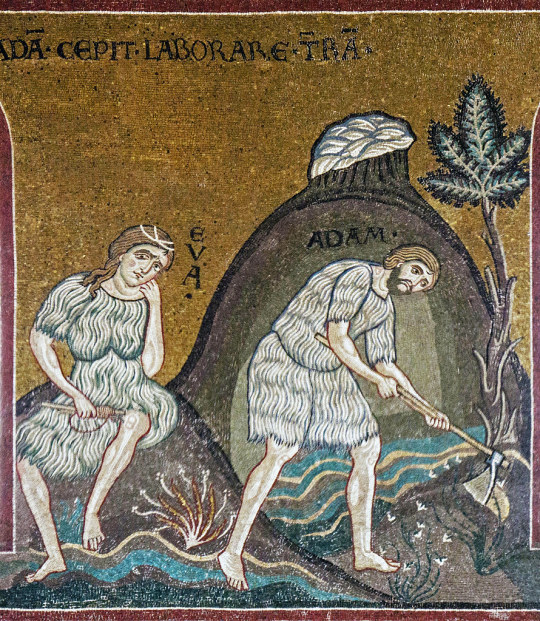
Adam and Eve, in a mosaic in Monreale Cathedral
Cursed is the ground because of you!
In toil you shall eat its yield
all the days of your life.
Thorns and thistles it shall bear for you,
and you shall eat the grass of the field.
By the sweat of your brow
you shall eat bread,
Until you return to the ground
from which you were taken;
For you are dust, and to dust you shall return.
The Book of Genesis (3:17b-19)
[It was] the time of day when the vine-dresser or ploughman, filled with thoughts of supper, reaches home at last and, pausing at the door, begrimed with dust, bends a weary knee and looks at his worn hands with a curse for the belly that commands such toil.
ἦμος δ᾽ ἀγρόθεν εἶσι φυτοσκάφος ἤ τις ἀροτρεὺς
ἀσπασίως εἰς αὖλιν ἑήν, δόρποιο χατίζων,
αὐτοῦ δ᾽ ἐν προμολῇ τετρυμένα γούνατ᾽ ἔκαμψεν
αὐσταλέος κονίῃσι, περιτριβέας δέ τε χεῖρας
εἰσορόων κακὰ πολλὰ ἑῇ ἠρήσατο γαστρί
Apollonius of Rhodes (Argonautica, I.1172-1176)
16 notes
·
View notes
Text
The Seraphim
"We stand directly in the sight of God – the Seraphim."

Seraphim Tetramorph, Cathedral of Santa Maria Nuova, Monreale, Sicily, 12th century
Their name, woven from a fiery song, comes from Hebrew saraf, meaning „to burn“ / „to scorch“. In the Bible, the Seraphim are mentioned by Isaiah, when the prophet recounts the vision of these beings. They are described to be standing over Adonai and having six wings. According to Isaiah, they use two wings to cover their faces, with another pair they cover their feet and they use the remaining two to fly. The prophet also recounts the powerful voices of these beings, as well as their ability to instantly remove evil. We are introduced to the latter by a certain Seraph that brings a piece of hot coal to Isaiah's lips and proclaims that by this act all evil is ritually cleansed from his soul.

Ninth Vision of Hildegard of Bingen, Personification of God’s Power, 12th century
It's interesting to note that the word „seraph“, when appearing elsewhere in the Old Testament, is referring to venomous snakes. It is unclear why, although some have suggested that the Seraphim, beings recounted by Isaiah, were in some way serpentine. When mentioning snakes himself, the same prophet also describes them as flying.

Seraphim and Angels, 'Queen Mary Psalter', 14th century
The visual image of these beings most probably has its roots in the Assyrian-Babylonian iconography. That is no surprise since Hebrew culture was influenced by the Mesopotamian world, amongst others. Therefore, earlier artists of the Christian world most likely translated the Assyrian winged genies - daimons into another visual and cultural language. That is how the story of angels in art begins.
Seraphim are commonly depicted with six colored wings. However, the iconographic distinction of angelic hierarchies had diminished over time as artists left the imagination of the hierarchies to the eye of each beholder.
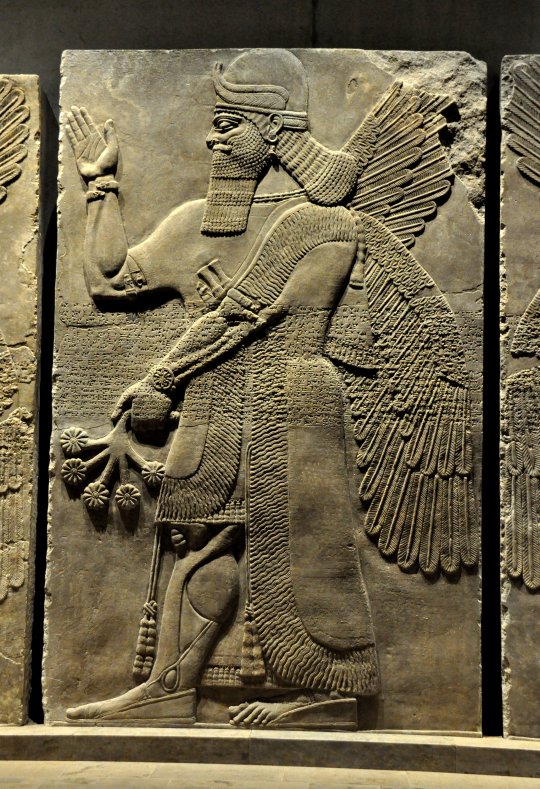
Apkallu from the Nimrud palace in Mesopotamia, 9th century BC, State Museum of Egyptian Art in Munich, Germany
-Heidi (@theatrum-tenebrarum)
#angels#angels in art#art#angel art#art history#art historian#occult#occultism#angel magick#seraph#seraphim#biblically accurate angel#iconography#sacred art#writing#cultural anthropology#mystical#fallen angels#fallen angel#serpent#serpents#snake#snakes#ancient#mesopotamia#daimon#own
105 notes
·
View notes
Text
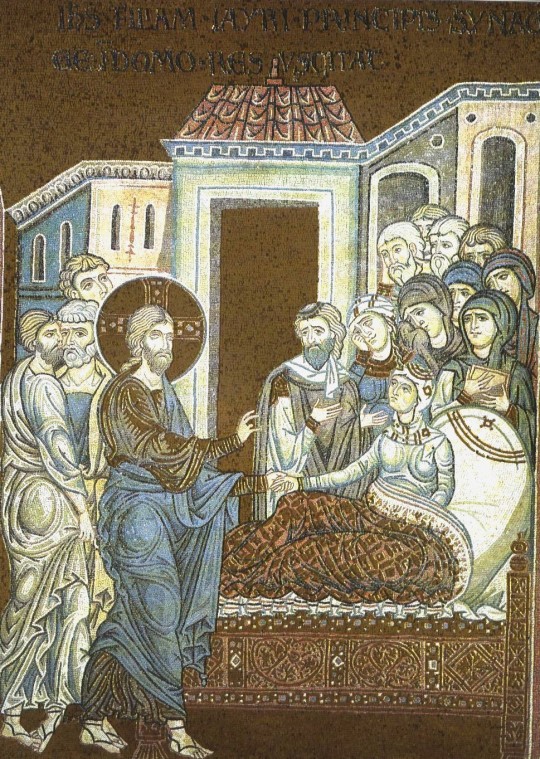
Daughter of the head of synagogue is resurrected by Christ, mosaic in Monreale Cathedral.
6 notes
·
View notes
Text
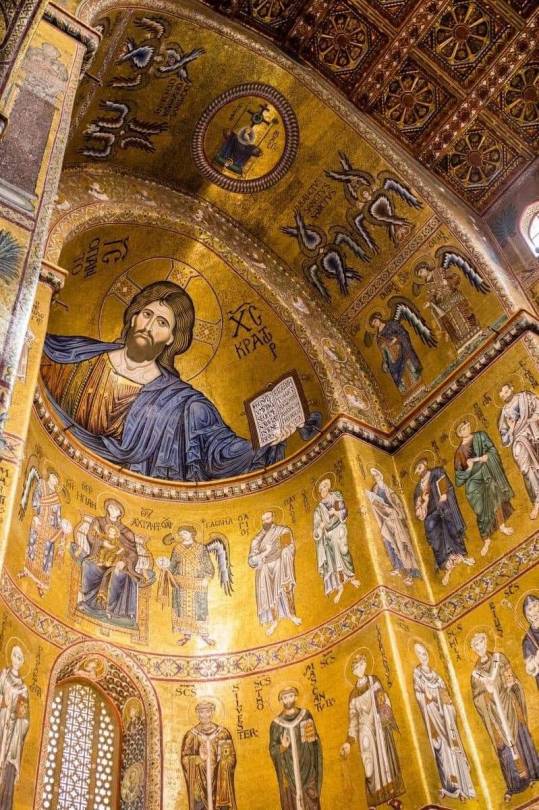
The Christ Pantocrator of the Cathedral of Monreale, Palermo, Sicily, ITALY
#christ pantocrator#cathedral of monreale#cattedrale di monreale#catedral de monreale#monreale#palermo#sicily#sicilia#italy#italia#europe#europa
142 notes
·
View notes
Text
Captain Martini in the Mediterranean
Wednesday 30th August 2023 – Arab-Norman Heritage in Palermo, Sicily
After a less-than-quiet morning on board Silver Nova, our afternoon excursion took us first by bus to the Porta Nuova, celebrating the conquest of Tunis in 1535.
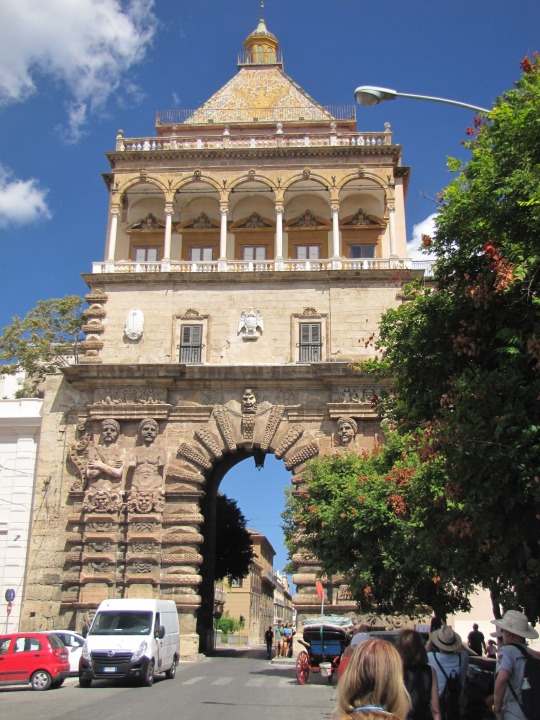
Just around the corner was the Palazzo Normanni or Royal Palace, founded in 1072 following the Norman conquest of Sicily and the oldest Royal Palace in Europe still in use – though today as Government offices.
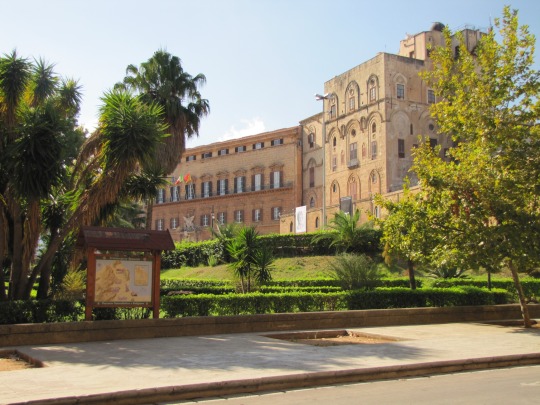
The Palace’s main attraction today though is the Palatine Chapel, commissioned by King Roger II in 1132. The decorative mosaics are absolutely stunning.
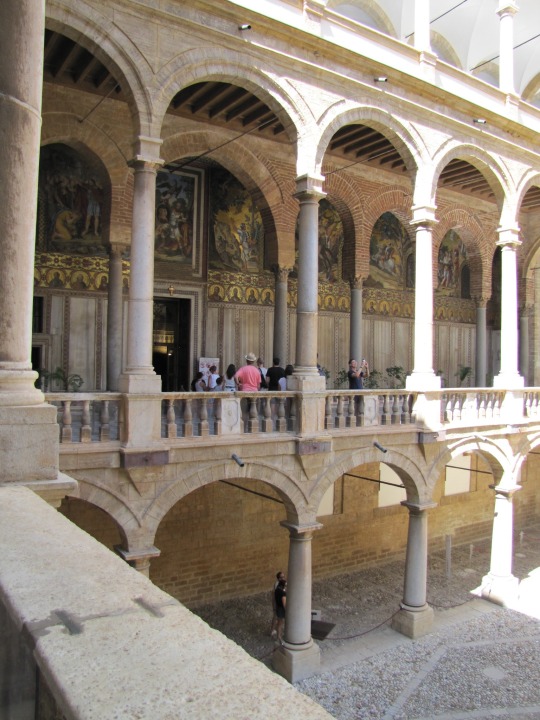
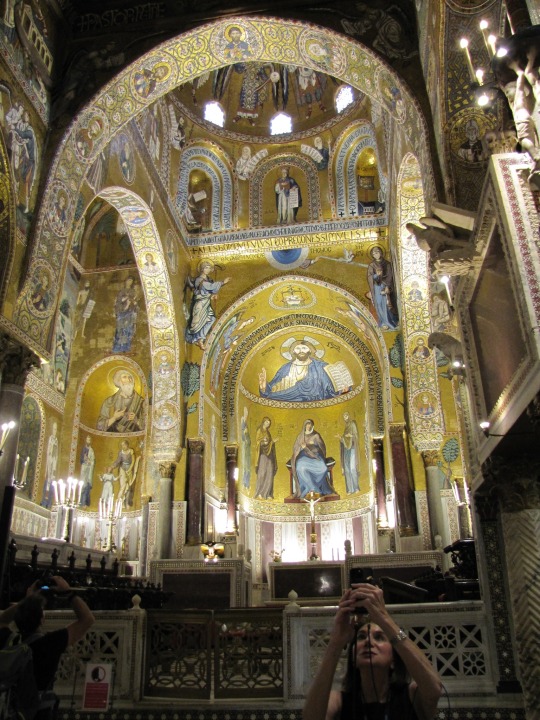
From there we travelled by bus up to the hillside town of Monreale to see the Cathedral built founded by King William II in 1172 following a vision, or so the story goes, which told him to build it.
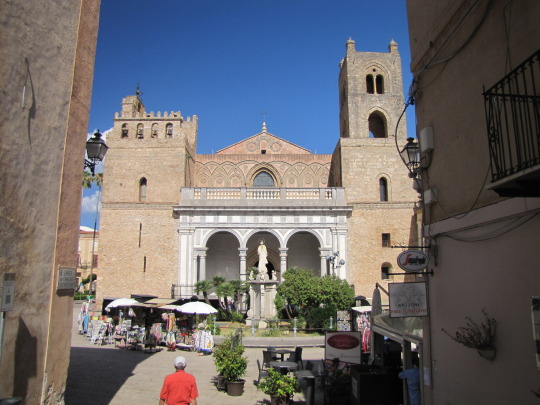
Well, at least that’s the explanation he gave at the time to explain the apparent competition with the Cathedral in Palermo – or more particularly, the then Bishop of Palermo!
I should mention here that, this same excursion to Monreale was the very first land excursion John & I did on our very first cruise back in 1983! And here are the photos to prove it….
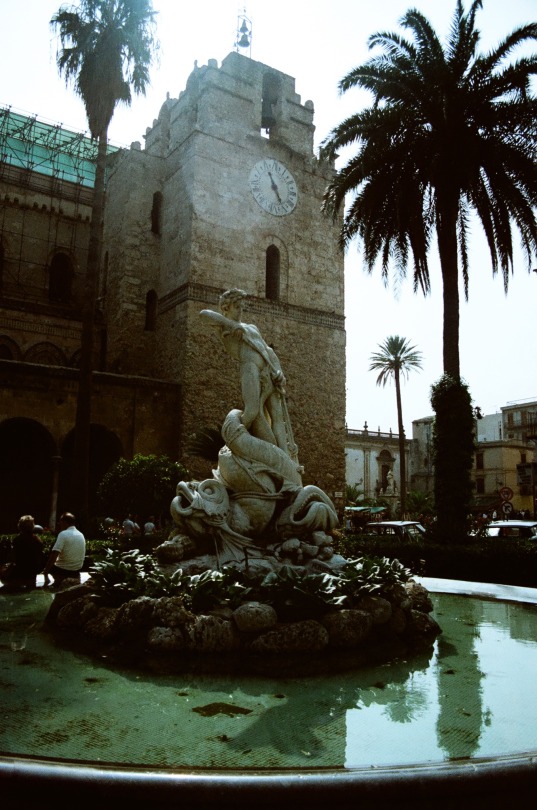

Our visit today, however, coincided with a Sicilian wedding and it was fascinating to see what was, to my eyes at least, a lesson in disorganised chaos! The public were still in the cathedral when the whole thing began and we all got to hear the organ playing the Prince of Denmark’s March as the Groom came in and then the Wedding March when the bride arrived! Amazing!

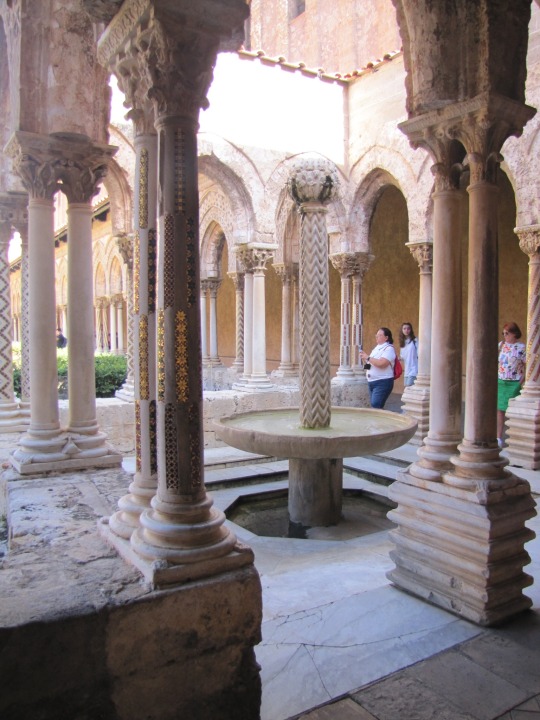
The serenity of the Monastery Cloister next door was in marked contrast. With something like 232 decorated columns and, surprisingly, not many visitors, was quite beautiful. The town sits on the hillside above Palermo and there was a great view down to the coast and the Tyrrhenian Sea beyond.
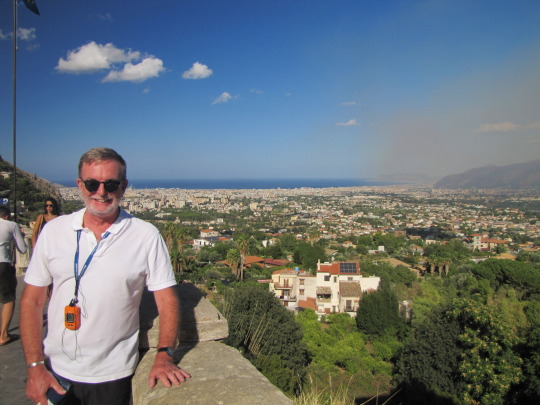
2 notes
·
View notes
Photo
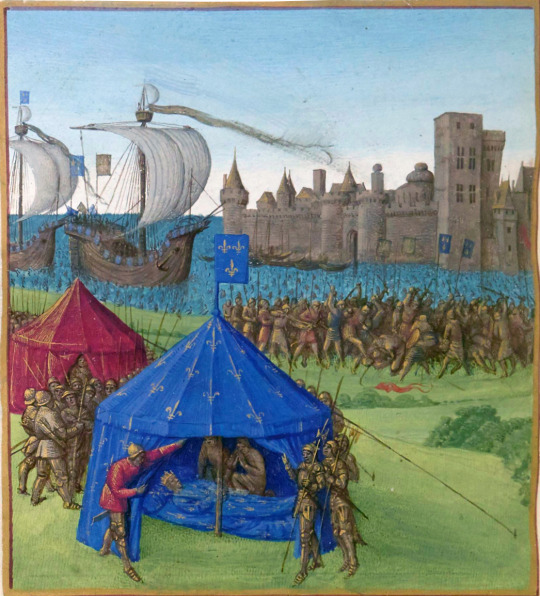
Jean Fouquet, The death of Saint Louis before Tunis during the Eighth Crusade (c. 1455-60)
The French king Louis IX died at Tunis on 25th August 1270, in an epidemic of dysentery that swept through his army. According to European custom, his body was subjected to the process known as mos Teutonicus prior to his remains being returned to France. Louis was succeeded as King of France by his son, Philip III.
Louis's younger brother, Charles I of Naples, preserved his heart and intestines, and conveyed them for burial in the cathedral of Monreale near Palermo. Louis's bones were carried overland in a lengthy processional across Sicily, Italy, the Alps and France, until they were interred in the royal necropolis at Saint-Denis in May 1271. Charles and Philip III later dispersed a number of relics to promote Louis's veneration.
from here and here
9 notes
·
View notes
